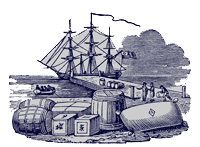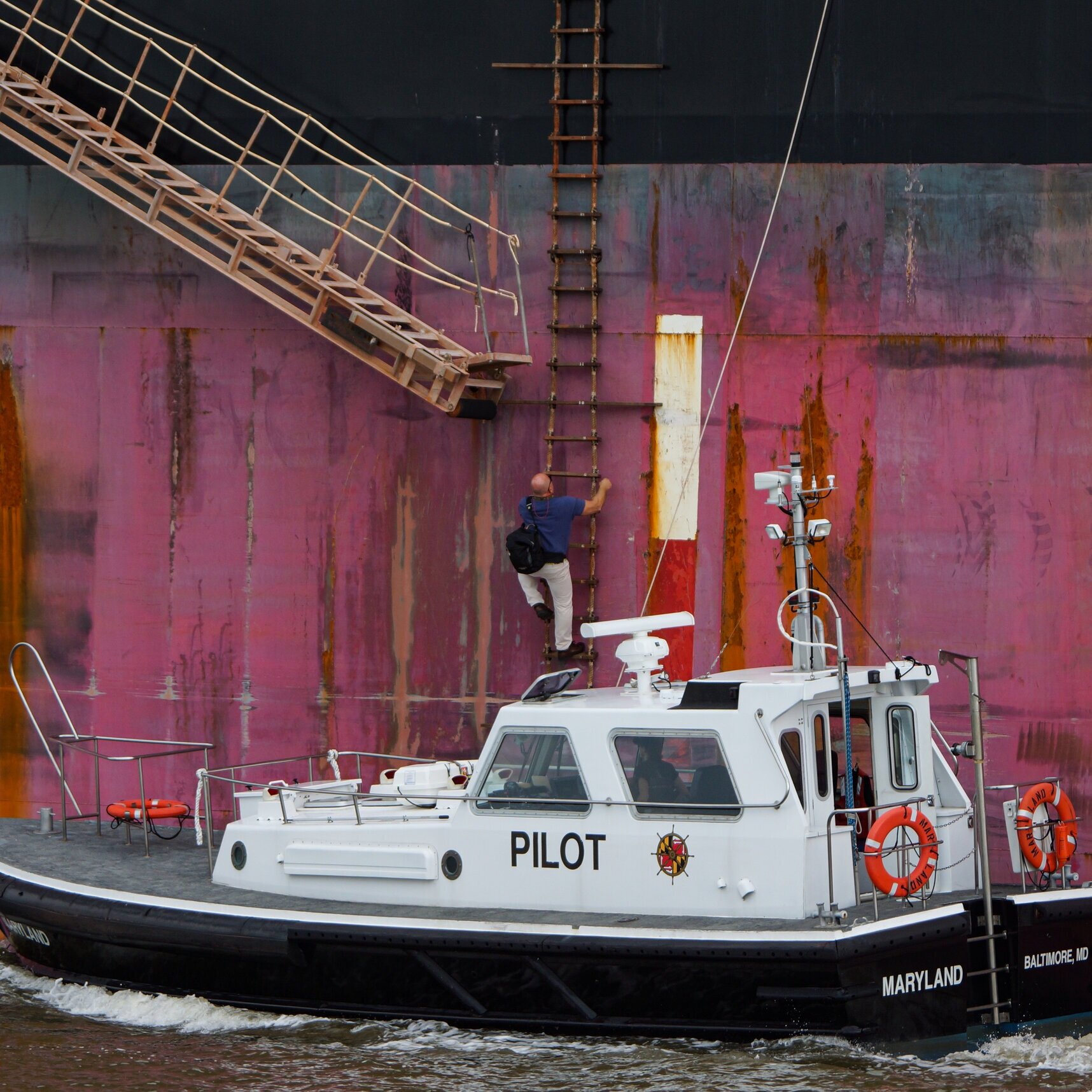As we continue to mourn the lives lost in the tragic accident of March 26, we also want to express our heartfelt appreciation for the outpouring
of support we have received from both the local community and the wider maritime family of professionals across the country. The Association
is grateful for the broad-based recognition of the heroic actions taken by our people on the ship and on shore that helped save lives.
We are proud to have served the Port of Baltimore for more than 170 years. Our commitment to the community has never been stronger.
While we are a Party to the investigation and are therefore prohibited from commenting, please be aware that we are working closely with State and Federal agencies to help reopen the channel and salvage the M/V Dali so that normal port operations can resume as soon as possible.

Piloting the Chesapeake Bay since 1852
Founded in 1852, the Association of Maryland Pilots is the oldest state-codified organization of Pilots in the nation. They continue to be a progressive leader in the world of piloting by being strong advocates of technology, training, accountability and safety.
The oldest state-codified organization of Pilots in the nation
This web site contains information about Maryland Pilots including their history, governance, training, and role in protecting the Chesapeake Bay while serving Maryland’s economy. We invite you to learn more about who we are, what we do and how we serve you. Welcome Aboard!
A Brief History of Pilots in Maryland
The history of Maryland Pilots precedes even the Association's founding date by more than 147 years. A reference to Bay Pilots can be found in Maryland records dating back to 1640, and Pilotage laws were established during the first session of Maryland's legislature in 1787. Before the Association of Maryland Pilots was founded, pilots in small schooners offered piloting services to inbound ships. The first schooner to hail an inbound ship would win the right to board a Pilot and sail the ship safely to one of Maryland’s historic ports such as St. Mary’s City, Crisfield, Oxford, St. Michael’s, Cambridge, Solomon’s Island, Annapolis, Havre de Grace, Rock Hall, Chestertown, and Baltimore.
The speed of small pilot schooners in the late 1700's led to the development of the Baltimore Clippers, the fastest vessels of their day. Maryland’s goodwill ambassador, the Pride of Baltimore II, is a replica of this class of vessel. During the war of 1812, the American naval war effort was supported by the extensive use of Baltimore Clippers that were commissioned as “privateers”. It has been recorded that these “privateers” captured or sank over 1700 British merchant vessels during the War.
Ship Handling Specialists
Each ship engaged in foreign trade coming to Maryland ports is required to take on a local ship handling specialist, known as the Pilot, to navigate the vessel safely into port. Pilots are regulated by the State of Maryland under the Department of Labor, State Board of Pilots.
The State Board of Pilots oversees the selection, training, licensing, and regulation of all State Pilots. The rates and charges for the service the Pilots provide are established by the Maryland Public Service Commission. Maryland’s Pilots are on call around the clock every day of the year no matter what the weather conditions may be.
Who The Pilots Serve
The Chesapeake Bay is Unique
The Chesapeake Bay is the longest pilotage route on the United States’ East Coast, with nearly 200 miles of Bay waters. Ships longer than 4 football fields and with drafts of nearly 48‘ deep routinely transit the narrow ship channels leading to Baltimore that are only 50' in depth. More than 96% of all ships coming to Maryland are manned by foreign officers and crews, many from third world countries and 95% of all U.S. international cargo is carried by ships. Pilots are on the “front lines” protecting the environmental and ecological balance of the Chesapeake Bay by ensuring the safe passage of these large ships that carry huge quantities of oil and other hazardous materials.
The Port of Baltimore
The Port of Baltimore ranks 1st nationally in automobiles and light trucks, 1st in Ro/Ro cargo, 1st in gypsum imports, 2nd in imported sugar, and 2nd in exported coal. Overall, Baltimore ranks 9th nationally in cargo value, and 11th in total tonnage (2019 data). More than 125,000 jobs in Maryland are related to the maritime industry. One ship can carry nearly 7,000 cars, 14,000 truck-sized 20’ containers, 3500 passengers & crew, or 1000 railcar loads of coal, sometimes valued at nearly $500 million. The least expensive overland route to the massive Midwest market starts at the Port of Baltimore.
Pilot Selection
Pilots are selected in a fair and competitive process; open to anyone…the State Board of Pilots is required by statute to select the best applicant. In fact, Maryland was the first pilot association to have an African-American Pilot and the second to have a female Pilot.





